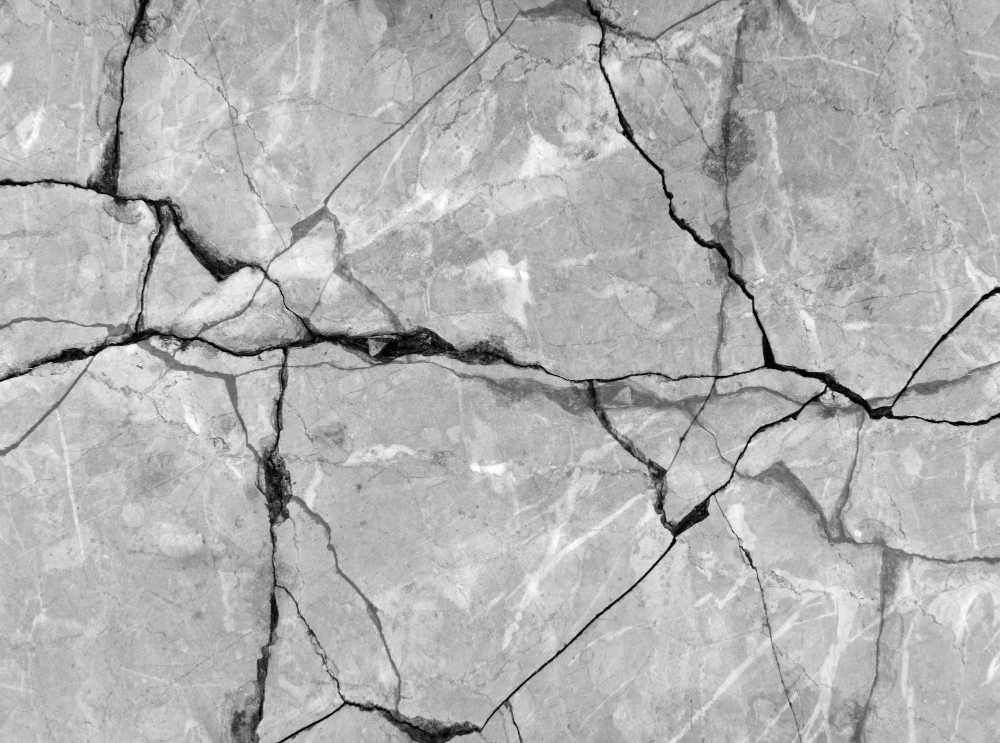Few sights worry a property owner more than a fresh crack creeping across a wall. It sparks questions about safety money and resale value. Before panic sets in, learn why walls fail and how skilled crews can make them sound again. We outline the leading causes of cracking, along with the fixes that our civil teams use to keep both homes and businesses standing tall.
1. Soil Movement
Most cracks begin underfoot. When soil swells in wet seasons or shrinks during drought, the ground shifts. Those tiny moves push on the foundation then the force travels up the walls. Our first job is to read the soil history through tests and site notes. If needed, we install piers or footings that carry the load to stable ground, allowing the wall to relax.
2. Temperature Swing
Brick, wood and concrete all expand or contract slightly as the temperature changes. On a hot afternoon, a long wall may expand, then at night, it cools and contracts. Repeating this cycle every day forms hairline cracks that widen with time. Our crews add control joints that give the wall room to move. Flexible sealants then keep water and pests out of those joints.
3. Poor Drainage
Water that cannot drain away pools near the footings and softens the soil. Over months it erodes the base or adds uneven weight which bends the structure. We often reroute downspouts, add gravel trenches or install sump pumps to guide runoff out and down. Good drainage keeps the concrete dry and firm, so cracks have a far less chance of opening.
4. Vibration and Load
Heavy traffic, blasting or large new equipment can shake a building more than its designer planned. Repeated vibration loosens mortar lines, and hairline gaps grow. An extra live load, such as a new rooftop unit, may also stress the framing. Our engineers perform quick calculations, then we reinforce beams, add shear walls, or apply fiber wraps that spread the weight and reduce shaking.
5. Age and Material Fatigue
Nothing lasts forever, not even concrete. Time dries out wood, rusts metal and weakens old mortar. Small cracks start as tiny stress breaks then water and air widen them year after year. We inspect aging walls with probes and scanners. When damage is still minor, we inject epoxy or grout to stabilize the area. For deeper breaks, we may replace sections to ensure the rest of the structure remains sound.
Wall cracks tell a story. The sooner you read it, the cheaper the repair will be. By identifying the root cause, you avoid patch jobs that only mask the issue. Our civil crew brings testing tools, steady hands and lender-friendly reports that keep funds moving while we restore strength. Next time you spot a jagged line, do not worry. Call us, and we will set it straight.

